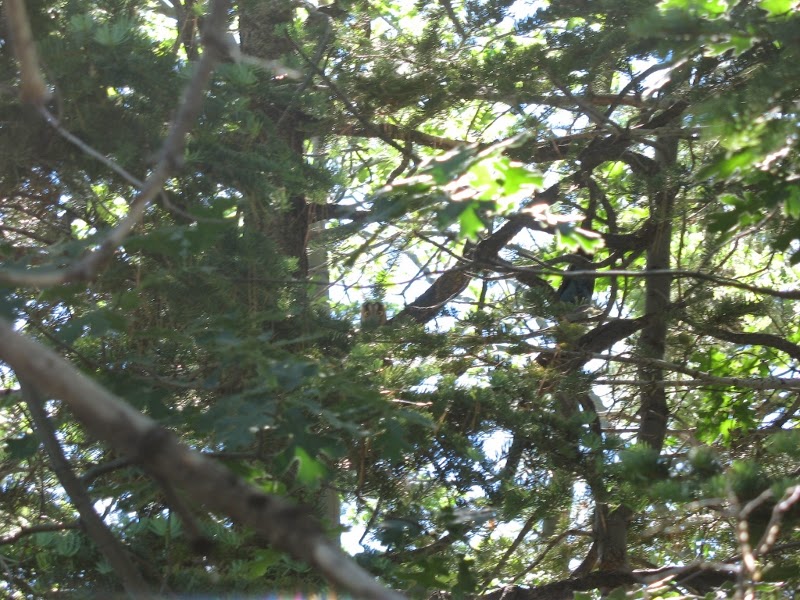Portrait by Brad Schram, who wrote the book on birding in Southern California [no, really, he wrote the book]. Brad is playing (his word) with settings and a new camera body here.
If you ever get the chance to hear Sheri Williamson talk about hummingbirds, give a listen. Not just because she wrote the book on hummingbirds (again, really), but because she's an excellent speaker, and because hummingbirds are awesome. Prodigious migrators, brainy as crows and parrots, masters of flight, and more beautiful than jewels, as you can see from Brad's photo.
The Anna's is our most common hummingbird here in the foothills — in fact, I've only seen one other species in my yard this past year: a selasphorus, last summer. OK, a Rufous. Maybe. Though it might have been an Allen's:
In some areas, Garrett says, resident Allen's are now as familiar as the Anna's hummingbird, Southern California's most common.
"They're moving inland," Williamson says. "It probably has to do with gardens. It's evolution in action ... the evolution of an urban hummingbird. They're learning to live with people in new environments." [Link]
Sheri's blog is invaluable for anyone interested in feeding these little guys. I am shocked, shocked, to learn that there are chemicals in organic sugar...!
Here are a few photos of hummingbirds taken with an old iPhone, through windows, with way too much zoom, by someone whose hands aren't always steady, etc.
Four Anna's Hummingbirds at one feeder:
Here are a few photos of hummingbirds taken with an old iPhone, through windows, with way too much zoom, by someone whose hands aren't always steady, etc.
Four Anna's Hummingbirds at one feeder:
Keeping an eye on another feeder. The dead manzanita branches were schlepped down from the cabin:
Shadow play:
And finally, a handsome boy guarding yet another feeder. He's perched on an agave spine:
(Agave + needlessly ginormous pot = epic fail. Look, a hummingbird!)




























